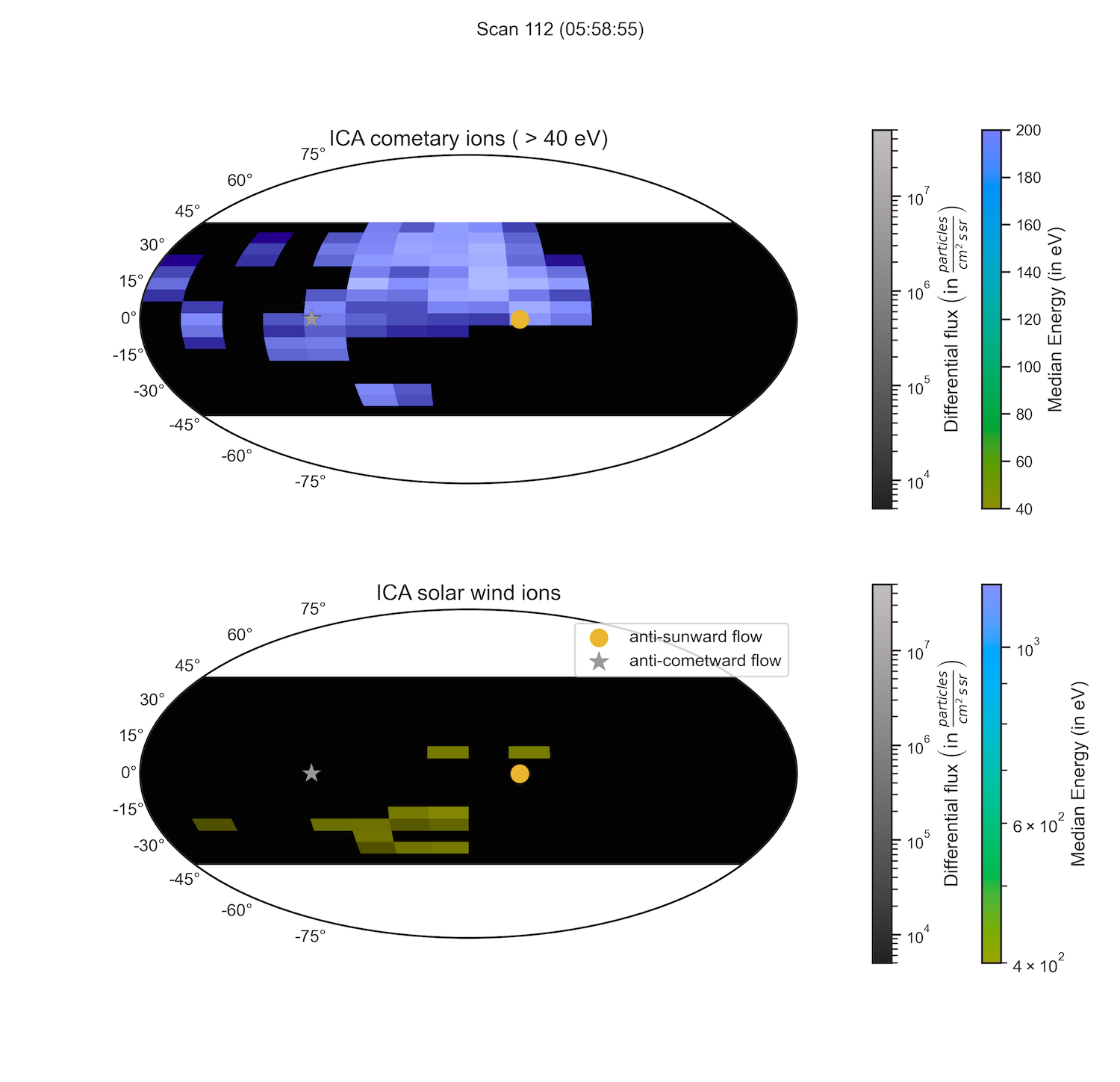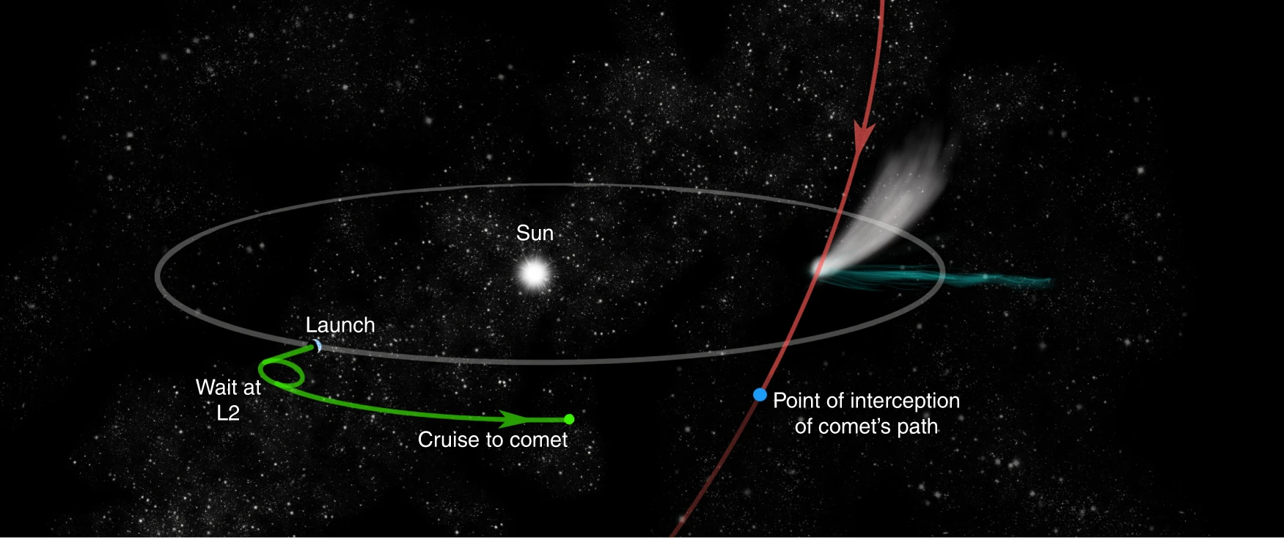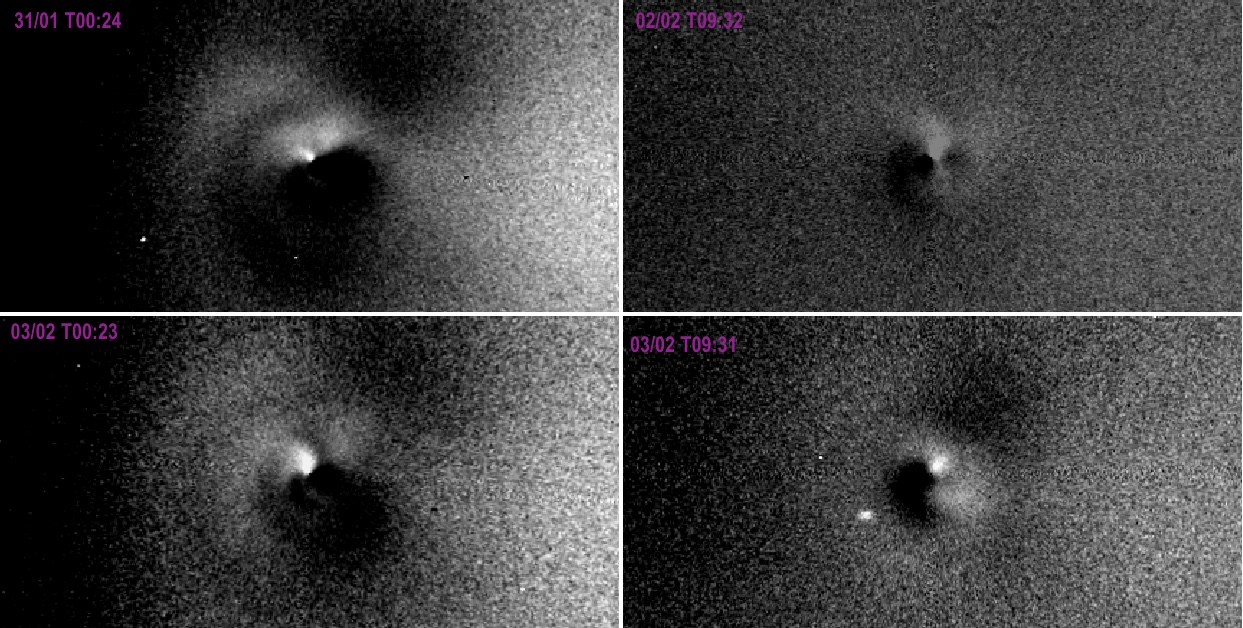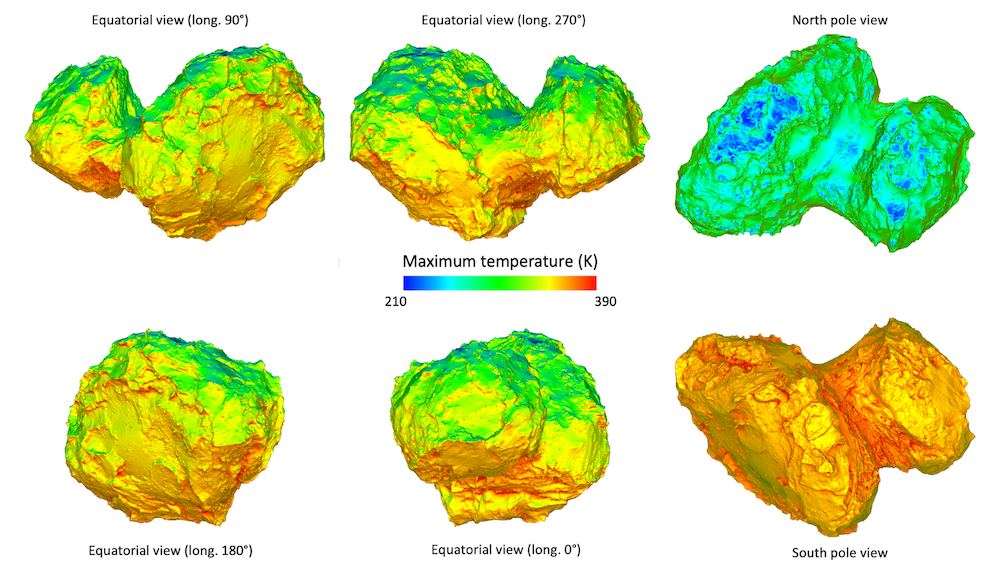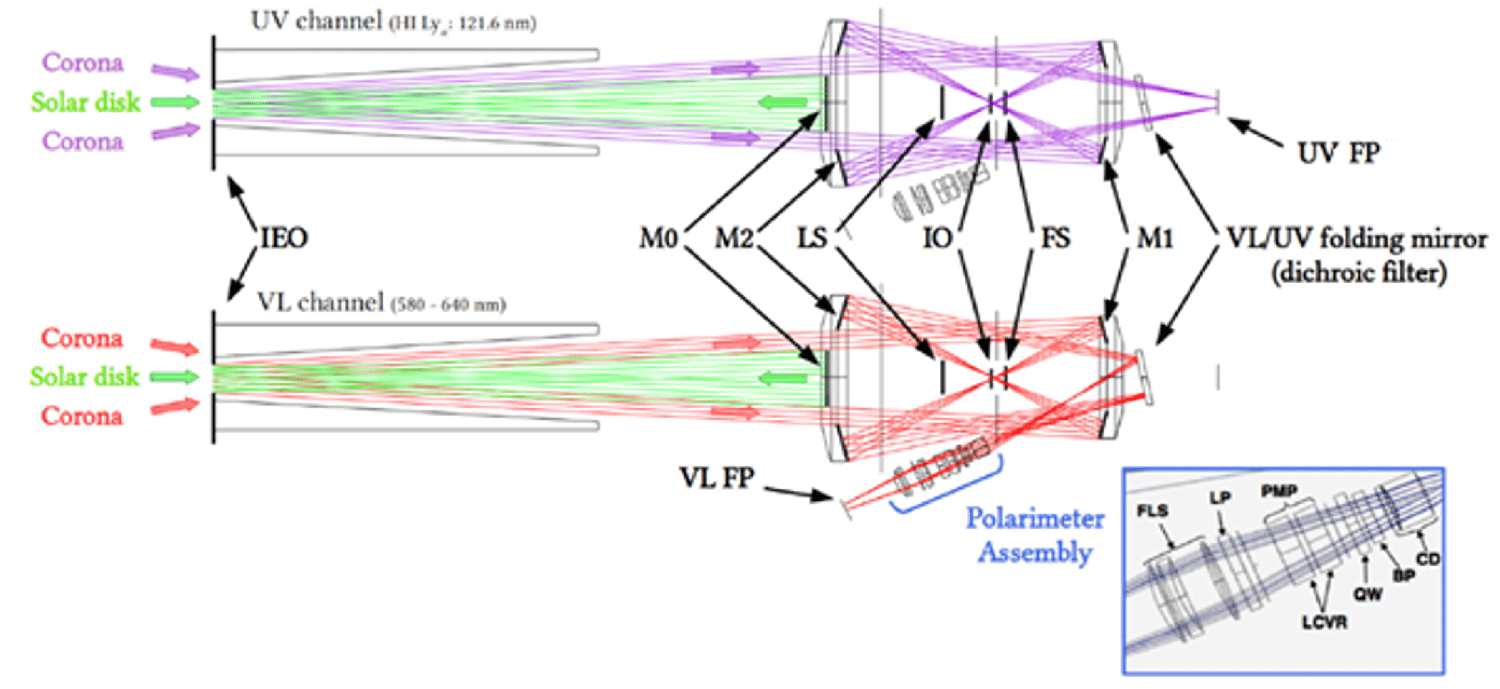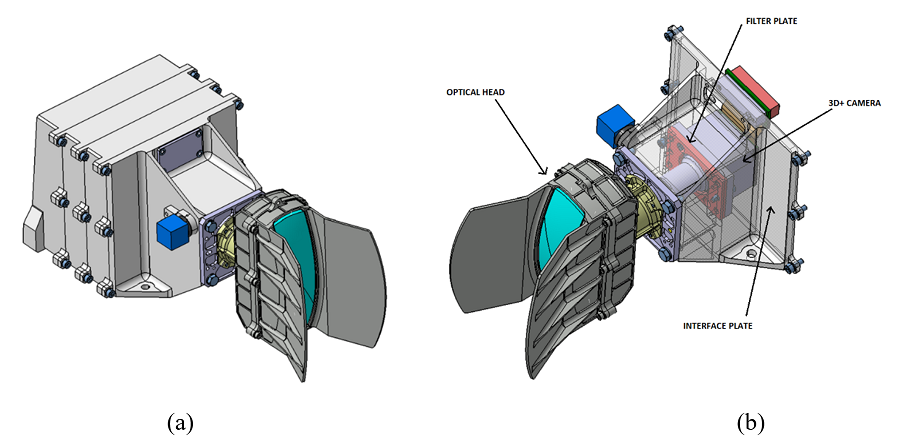SB10
Comets and active bodies: Science from Earth-based and space missions observations
Comets are primitive bodies, and therefore their detailed characterization is a key objective to probe the early stages of Solar System formation. The combined efforts from Earth-based observations, space missions, and modelling have revealed a class of bodies very broad in terms of physical and dynamical properties.
We invite contributions from all related topics, covering findings about all aspects of comets, as regarding their nucleus, coma, dust, and plasma properties, as well as international programs for their observations. We welcome presentations that explore and model data collected by past space missions, as well as presentations of upcoming ones, such as the ESA-led Comet Interceptor.
We encourage contributions that explore comet formation and evolution, in relation to general models of the Solar System, fostering lively discussions and collaborations between colleagues working on similar problems for different classes of objects (e.g. dust release from Active Asteroid vs Jupiter Family Comets vs outbursts of Centaurs). In particular, we encourage contributions that explore the continuum of small bodies and the overlap between different populations and look forward to an exciting set of talks about ground based observations and recent/future space missions.
Session assets
08:30–08:45
|
EPSC2024-1000
|
ECP
|
On-site presentation
08:45–08:55
|
EPSC2024-328
|
On-site presentation
08:55–09:00
Q&A panel
09:00–09:10
|
EPSC2024-567
|
On-site presentation
09:10–09:20
|
EPSC2024-417
|
ECP
|
On-site presentation
09:20–09:30
|
EPSC2024-153
|
ECP
|
On-site presentation
09:30–09:35
Q&A panel
09:45–09:55
Poster presentations
09:55–10:00
Q&A panel
Coffee break
Chairpersons: Elena Martellato, Jean-Baptiste Vincent
10:30–10:45
|
EPSC2024-42
|
ECP
|
solicited
|
On-site presentation
10:55–11:00
Q&A panel
11:00–11:10
|
EPSC2024-52
|
On-site presentation
11:10–11:20
|
EPSC2024-769
|
ECP
|
On-site presentation
11:20–11:30
|
EPSC2024-207
|
On-site presentation
11:30–11:35
Q&A panel
11:35–11:45
|
EPSC2024-1156
|
On-site presentation
11:45–11:55
|
EPSC2024-213
|
On-site presentation
11:55–12:00
Q&A panel
P32
|
EPSC2024-961
|
On-site presentation
P33
|
EPSC2024-1001
|
ECP
|
On-site presentation
P34
|
EPSC2024-339
|
On-site presentation
P35
|
EPSC2024-619
|
On-site presentation
P36
|
EPSC2024-228
|
On-site presentation
P39
|
EPSC2024-872
|
On-site presentation
P40
|
EPSC2024-82
|
On-site presentation
P41
|
EPSC2024-1261
|
On-site presentation
P42
|
EPSC2024-1307
|
On-site presentation
P43
|
EPSC2024-629
|
On-site presentation
Additional speaker
- Elena Martellato, INAF-OAPD, Italy

